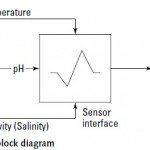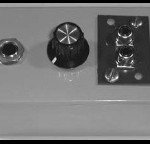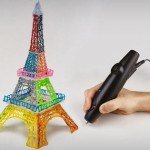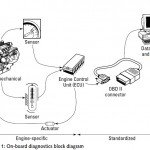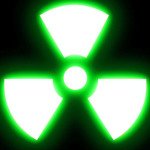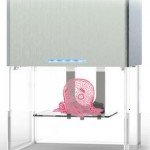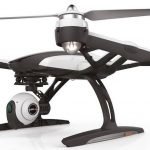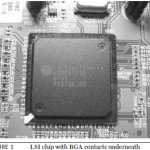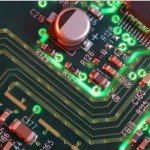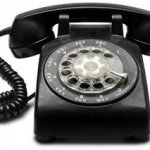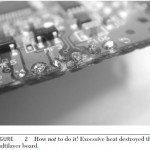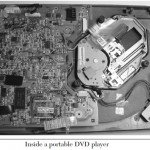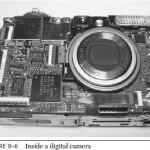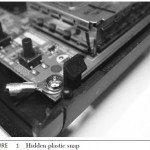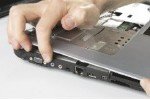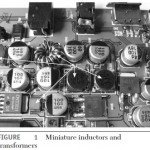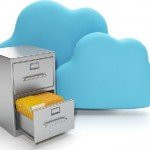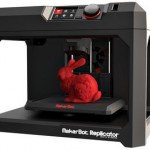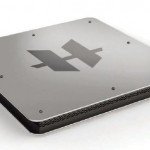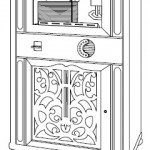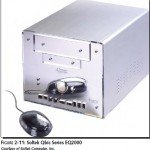Make Your Own Fish Tank Monitor
Make Your Own Fish Tank Monitor, The first part of the proverb points out that you can overdo working with a fish tank—fish want the right environment, but they also very much dislike rapid change. It’s easy to do too much too quickly, and your fish will suffer if you do. Even so, the second part of the proverb applies too—you’ll keep fish successfully only after investigating what works and what doesn’t.
This article is as much about chemistry as it is about fish, because what your fish want from you is an environment identical to what they lived in before they were caught. This project helps you monitor the critical chemistries in your tank, which involves more than just plugging things in and loading some software. You’re going to need to remember and work with some simple chemistry.
The Clock Is Ticking
We’re not going to pretend that we’re experts in the care and feeding of fish. We’ve maintained fresh and salt water tanks for several decades, but they are not the professionally built and maintained ones you see in commercial displays. Nevertheless, over those years we’ve developed a set of guidelines that
help us keep our fish alive:
- Don’t overfeed. Seemingly every fish care book names overfeeding as the number one sin people make. Don’t do it.
- Do almost nothing.We need to emphasize what we’ve already said. Fish really don’t like change, so whatever you do, do it slowly. You float the bags containing new fish to slowly accustom them to the new temperature; any other changes you make need to be just as slow or slower. Doing almost nothing includes limiting how often you change the water, stir up the gravel, or clean the insides of the tank, because any time you do these things you change the fish’s environment.
- Have fewer fish.We’ve found that it’s much easier to keep a tank functioning and stable if there’s a lot of water and not very many fish. In a 75-gallon salt water tank, we tend to limit the population to slightly less than one full-grown inch per gallon, while conventional wisdom is closer to one and one half full-grown inches per gallon.
- Use lots of pumps. If anything, we suggest you err on the side of too much pumping and filtration instead of not enough. In a 75-gallon salt water tank, we use two large powerhead pumps with biological undergravel filters plus an external pump and mechanical filter. We put water wands on the outputs of the powerheads to create upward-pointing streams and increase aeration.
- Bigger is better. If something goes wrong, a bigger tank has more water to buffer the consequences and give you the chance to fix the problem. Small tanks have less margin for error.
- Keep hardy fish. Some fish are tougher than others. Until you’ve shown yourself that you can keep the more delicate sort, stick to the tough ones. In salt water, for example, we’ve found tomato clowns, anemone clowns, wrasses, and damsels to be survivors.
The idea behind this article is to help you track your tank closely enough that its condition never gets out of hand, ensuring you can intervene gently yet still correct what problems you have. The longer you wait after problems start, the more you’ll have to do and the more you’ll stress the fish. For fresh water tanks, at a minimum you’ll want to track pH and temperature; for salt water tanks, you’ll also track salinity. There are other tests you’ll do that we’re not covering here, including ones to measure ammonia, nitrite, and nitrate concentrations.
For making Fish Tank Monitor we need to use Sensor and Alerts

